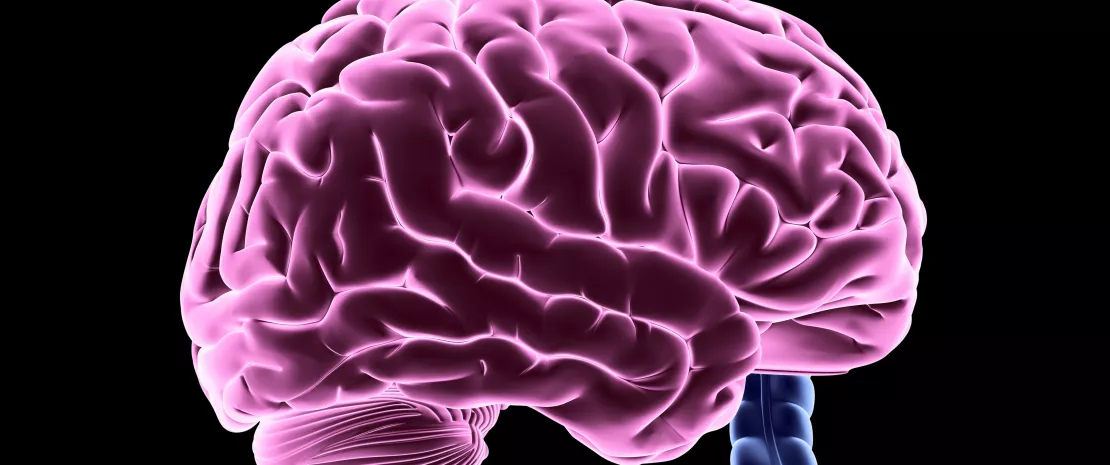Role of the microbiota in gut-brain communication
This article describes the two-way circuit linking the intestine to the brain: bacteria or their metabolites communicate with the brain via the gut-extrinsic sympathetic nervous system, while the brain in turn influences gut physiology.
Sources
This article is based on scientific information

About this article
Connections between gut and brain control gut’s tissue and its microbial and dietary content, by regulating physiological intestinal functions such as nutrient absorption and motility, as well as dietary behavior. It is therefore plausible to assume that circuits exist to detect gut bacteria and relay this information to areas of the central nervous system which, in turn, regulate gut physiology. Hence this study, which investigated the influence of the microbiota on enteric-associated neurons by combining (sidenote: Gnotobiotic mice refers to laboratory animals in which only certain known strains of microorganisms are present ) with (sidenote: Transcriptomics Measures gene expression by quantifying all transcripts present in a cell at a given time and under given conditions ) , circuit-tracing methods ( (sidenote: Anterograde tracing Method for tracing axonal projections from their source to their point of termination ) , (sidenote: Translational profiling Detection, quantification, and monitoring of compounds produced by the microbiota ) ) and functional manipulations ( (sidenote: Chemogenomics Transgenesis techniques able to modify the response of a population of neurons to a chemical compound ) ).
Mapping the sympathetic nervous system of the gut
The authors traced the involvement of the cell bodies of the gut-extrinsic sympathetic nervous system ( (sidenote: extrinsic Enteric-Associated Neurons ) system) zone by zone (ileum, jejunum, etc.) and divided them into two groups:
- afferent cell bodies (from the gut to the nervous system), which send information back to the dorsal root ganglion (DRG) and the nodose ganglion (NG, inferior ganglion of the vagus nerve);
- efferent cell bodies (from the nervous system to the gut), which stimulate the sympathetic coeliac-superior mesenteric ganglia (CG-SMG). The latter supply other organs (spleen, pancreas, liver) in addition to the intestine, and may have a much broader role (immunity, metabolism) than simply reducing intestinal motility.
This work has made it possible to pinpoint the flow of information entering and leaving the gut, based on the eEAN system
Microbiota modulates gut-brain axis
Lastly, in germ-free mice, the authors observed a higher activity in the NG and CG-SMG neurons connected to the gut (but not in the DRG), suggesting that an absence of bacteria activates these eEAN cell bodies. Conversely, in gnotobiotic mice colonized by a short-chain fatty acid-producing microbiota or germ-free mice consuming SCFAs via their drinking water, the CG-SMG neurons were not activated, suggesting SCFAs inhibit the efferent eEAN neurons. Therefore, eEAN detection of bacteria or their metabolites acts as a sensory system in which an intestinal dysbiosis is sufficient to activate neurons. According to the authors, the discovery of this circuit whereby the microbiota and/or its metabolites modulate the eEAN system may lead to new therapeutic strategies for regulating gut motility, visceral pain, enteric immunity and metabolic disorders, provided that the bacterial signals at work are better characterized.










